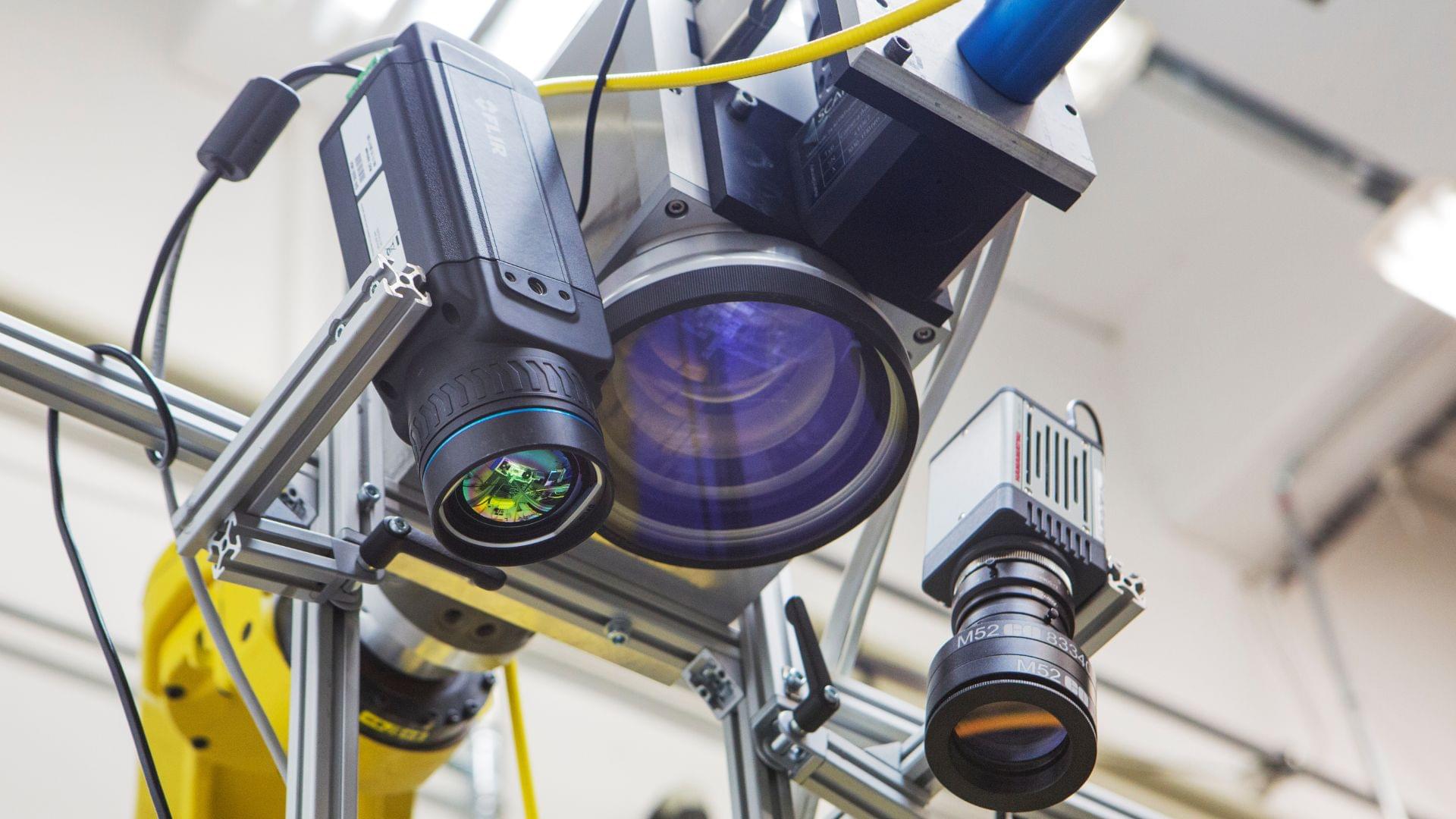SolarWinds fixes CVE-2025–26399, a 9.8 CVSS patch bypass of CVE-2024–28988, preventing remote code execution.



There’s always some debate around what style of architecture is best for certain computing applications, with some on the RISC side citing performance per watt and some on the CISC side citing performance per line of code. But when looking at instruction sets it’s actually possible to eliminate every instruction except one and still have a working, Turing-complete computer. This instruction is called subleq or “subtract and branch if less-than or equal to zero ”. [Michael] has built a computer that does this out of discrete components from scratch.
We’ll save a lot of the details of the computer science for [Michael] or others to explain, but at its core this is a computer running with a 1 kHz clock with around 700 transistors total. Since the goal of a single-instruction computer like this is simplicity, the tradeoff is that many more instructions need to be executed for equivalent operations. For this computer it takes six clock cycles to execute one instruction, for a total of about 170 instructions per second. [Michael] also created an assembler for this computer, so with an LCD screen connected and mapped to memory he can write and execute a simple hello world program just like any other computer.
[Michael] does note that since he was building this from Logisim directly he doesn’t have a circuit schematic, but due to some intermittent wiring issues might have something in the future if he decides to make PCBs for this instead of using wire on a cardboard substrate. There’s plenty of other information on his GitHub page though. It’s a unique project that gets to the core of what’s truly needed for a working computer. There are a few programming languages out there that are built on a similar idea.



To learn for free on Brilliant, go to https://brilliant.org/mattbatwings/
You’ll also get 20% off an annual premium subscription.
Patreon: https://www.patreon.com/mattbatwings.
Discord: https://discord.gg/V5KFaF63mV
My socials: https://linktr.ee/mattbatwings.
My texture pack: https://modrinth.com/resourcepack/mattpack.
World Download: (JAVA 1.21.4) https://www.planetminecraft.com/project/redstone-powder-simulation/
Powder Pack: https://drive.google.com/file/d/1_Ec7NOa_Dou_NKmCX-EbEDT-y6p…sp=sharing.
Powder Sims used in this video:
https://dan-ball.jp/en/javagame/dust2/
https://sandboxels.r74n.com/
Thank you again @bratworst for all your help! His powder sim: https://youtu.be/FUlX9AomkU8
Thumbnail made by @Activation123

An unusual therapy developed at The Jackson Laboratory (JAX) could change the way the world fights influenza, one of the deadliest infectious diseases. In a new study in Science Advances, researchers report that a cocktail of antibodies protected mice—including those with weakened immune systems—from nearly every strain of influenza tested, including avian and swine variants that pose pandemic threats.
Unlike current FDA-approved flu treatments, which target viral enzymes and can quickly become useless as the virus mutates, this therapy did not allow viral escape, even after a month of repeated exposure in animals. That difference could prove crucial in future outbreaks, when survival often depends on how quickly and effectively doctors can deploy treatments and vaccine development will take about six months.
“This is the first time we’ve seen such broad and lasting protection against flu in a living system,” said Silke Paust, an immunologist at JAX and senior author of the study. “Even when we gave the therapy days after infection, most of the treated mice survived.”

